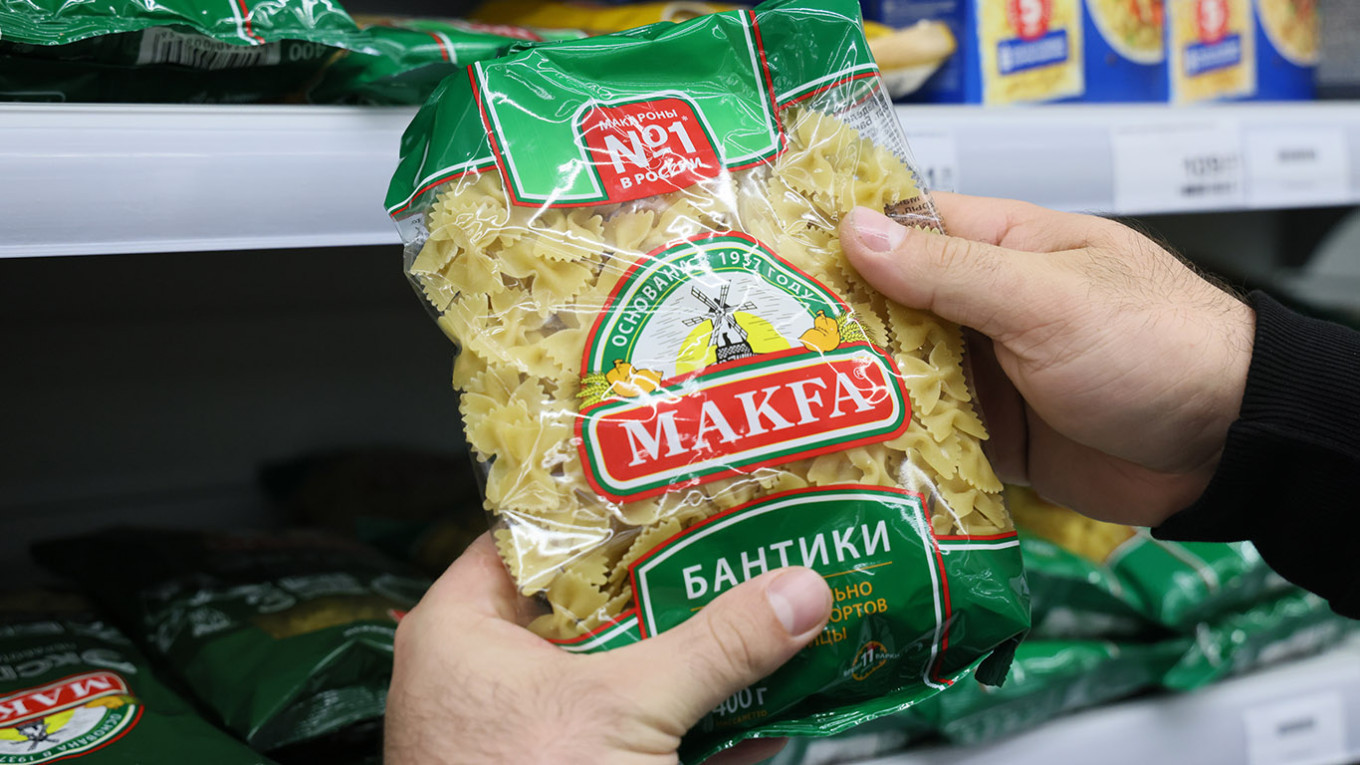Russian consumers are increasingly replacing basic food staples with vegetables that were once considered affordable, as soaring food prices and dwindling household budgets take their toll.
Potatoes, a dietary staple in Russia for many years, exemplify this trend, with their average retail price soaring by 173% year-on-year by the end of May—representing the most significant increase in the past 23 years.
As a result, potato consumption dropped by 8% in the first quarter of 2025 compared to the same timeframe last year, according to an analysis by the Center for Development at the Higher School of Economics.
In contrast, bread sales increased by 6% during the same period, pasta sales grew by 5%, and grain purchases rose by 3%, as reported by the pro-Kremlin newspaper Nezavisimaya Gazeta, citing retail statistics.
Svetlana Misikhina, deputy director at the Center for Development at Moscow’s Higher School of Economics, noted that potatoes have become nearly 45% less affordable over the past year.
Similar patterns are evident in other essential products: the average price of onions climbed by 41% year-on-year, while butter prices surged by 34%. Consequently, the accessibility of onions and butter decreased by 17% and 15%, respectively.
In contrast, the affordability of grains and pasta improved by 12% and 14% respectively, due to relatively stable prices and rising consumer demand, according to Misikhina.
Despite government efforts to portray this shift in dietary habits as a move towards “higher-quality foods,” the data highlights underlying economic pressures.
State statistics agency Rosstat revealed that average food prices for the first four months of 2025 were 12% higher compared to the previous year, with the most significant increases seen in vegetable prices.
By May, the average retail cost of potatoes reached 84.7 rubles per kilogram. Onion prices surged to 72.3 rubles (an increase of 87.2%), cabbage rose to 75.2 rubles (up 56.8%), and beets experienced a more modest rise of 11.9%. Even tomatoes saw a slight increase of 1.2%.
On June 11, the Ministry of Industry and Trade proposed implementing state price controls on the most sought-after vegetables.
The initiative suggests establishing long-term contracts between suppliers and retailers that would include fixed price ranges for vegetables within a so-called “borscht index”—a reference to the ingredients used in the traditional Russian soup, which features potatoes, cabbage, carrots, onions, and beets.
While the food sector continues to show consistent growth in consumer demand, other market segments have stagnated.
The Russian Academy of Sciences’ Institute for Economic Forecasting indicated that the sales of non-food items—such as cars, electronics, refrigerators, and washing machines—have remained flat. Overall, retail turnover growth decelerated to 3.2% in the first quarter of 2025.

